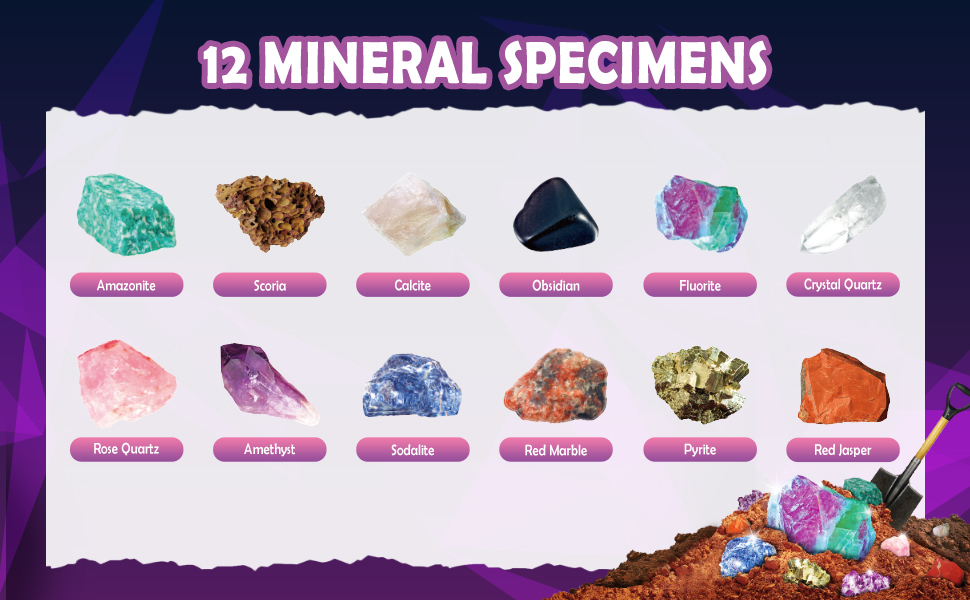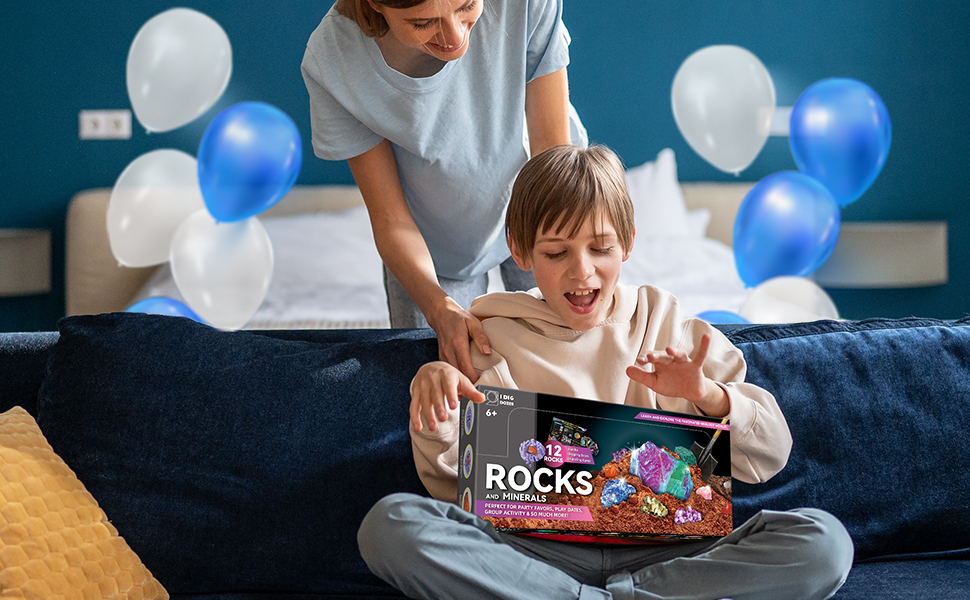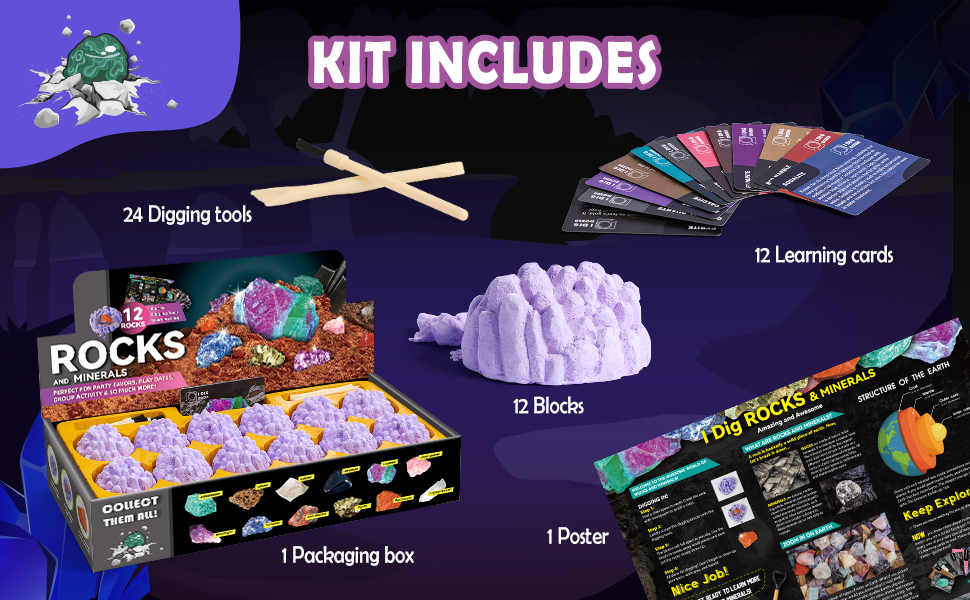Nurturing a child’s curiosity about the world around them is a crucial part of their development. One fascinating avenue to explore with children is the realm of natural rocks. These geological wonders can spark a child’s imagination, promote scientific inquiry, and encourage a lifelong love for the natural world. In this article, we will discuss practical ways to help children increase their knowledge of natural rocks actively.
- Nature Walks and Rock Hunts: Encourage children to explore nature by going on hikes or walks in local parks and trails. During these outings, keep an eye out for interesting rocks. Engage them in the excitement of a “rock hunt” where they can collect and examine different specimens. This hands-on approach allows children to experience the thrill of discovery firstha

 nd.
nd. - Rock Identification Guides: Provide children with beginner-friendly rock identification guides or books. These resources include pictures and descriptions of various rocks, helping children learn to identify them. Make it a collaborative activity by trying to identify rocks together.
- Visits to Geological Museums: Plan family trips to geological museums or natural history museums that feature rock collections. These visits offer children the opportunity to see a wide range of rocks and minerals up close. Museums often provide informative exhibits and interactive displays that can captivate young minds.
- Rock Collecting Kits: Consider getting children rock collecting kits, which often include a selection of common rocks and minerals, along with tools for exploration. These kits can be a fantastic way to introduce kids to the world of rocks and minerals.
- Geology Clubs or Classes: Check if there are local geology clubs or classes specifically designed for children. These groups often organize educational outings, workshops, and activities that make learning about rocks fun and interactive.
- Rock and Mineral Shows: Look for rock and mineral shows or expos in your area. These events often feature vendors selling rocks and minerals from around the world. Attending a show can be an exciting opportunity for children to see rare and exotic specimens.
- Online Resources: Utilize online resources, such as educational websites and videos, to complement your child’s learning experience. Many websites offer virtual rock collections, interactive quizzes, and educational games related to geology.
- Rock Sorting and Categorization: Set up a “rock sorting station” at home with various rocks. Encourage your child to sort and categorize the rocks based on their properties, such as color, size, and texture. This activity can teach classification skills and promote scientific thinking.
- DIY Rock Projects: Engage children in creative projects using rocks, such as painting or decorating them. These activities not only enhance artistic skills but also strengthen their connection to the natural world.

- Encourage Questions and Exploration: Foster an environment where children feel comfortable asking questions about rocks and exploring their interests. Answer their inquiries to the best of your ability and, when necessary, seek answers together through research or experiments.
Conclusion: Inspiring a child’s interest in natural rocks is an excellent way to promote curiosity, scientific thinking, and a deep appreciation for the Earth’s geological wonders. By actively engaging children in hands-on experiences, providing educational resources, and encouraging exploration, we can empower them to expand their knowledge and develop a lifelong passion for rocks and minerals. Remember, the journey of discovery is as valuable as the destination itself, and together, you and your child can embark on an exciting geological adventure.





